Safety Technologies
KEEPING PACE WITH SAFETY
Lineman Safety during a Wildfire
Safety Technologies

Ugh, Why So Much HSE Paper?
With the advent of our modern health, safety and environmental systems (HSE), the requirement to produce more documents is relentless. No one feels this pressure more than our front line supervision; those individuals, who are leading our crews out in the field. Not only are they tasked with completing some of the most dangerous work in the world, but they have to be spot on when documenting their production, quality control, cost effectiveness and HSE...
Related Articles

Lineman Safety during a Wildfire
If you wanted to create a recipe for disaster, the beginning of the 2021 wildfire season would be a good place to start. Nearly 90% of the western U.S. is suffering through extreme drought. The snowpack set new low levels there as well. A record-breaking heatwave steamrolled the Pacific Northwest...
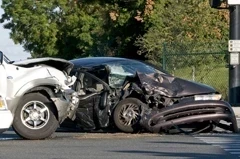
Distracted Driving Equals Disaster
Removing hazards caused from in-vehicle computing BY SCOTT BALL, Motion Computing No utility company would send a worker out in a truck with a known safety defect. North American electric utilities may not realize, however, that by failing to ensure that computing devices are used safely within...
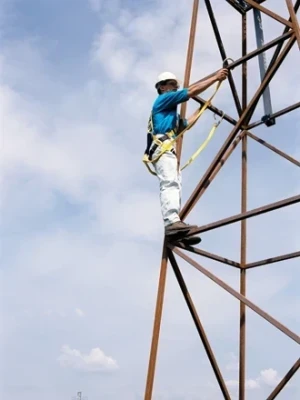
Tower Climbing Safety Equipment
What powerline technicians must know to stay safe BY JIM HUTTER, Capital Safety Most of modern life is powered by electrical energy, which is why transmission tower work continues to be an integral—yet extremely dangerous—part of the power distribution industry. The Occupational Safety and...

Electric Utility System Standards
How Ontario regulation can improve electrical safety BY BILL KHASHFE, London Hydro According to an Ontario Electrical Safety Report, 35 percent of the province’s electrical-related fatalities in the past 10 years were attributed to power-line contact. Equipment specifications and electric utility...
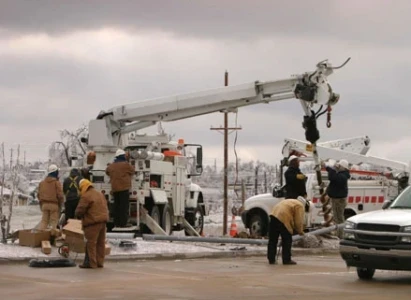
Battery Fires Pose Minor Environmental Risks, ACP Report Finds
Battery fires in large-scale energy storage systems (BESS) have raised concerns, but a recent review by the American Clean Power Association (ACP) found that such incidents pose only minor environmental risks. According to a third-party analysis of U.S. battery fires since 2012, these fires did not...
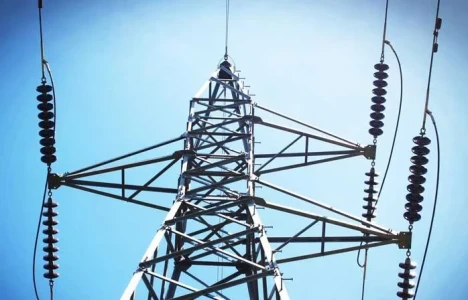
FERC Complaint Targets Duke, PJM Transmission Planning
A coalition of large energy consumers and ratepayer advocates has filed a complaint with the Federal Energy Regulatory Commission (FERC), urging the agency to prohibit transmission owners from independently planning "local" transmission projects exceeding 100 kilovolts (kV). The coalition argues...

12 Tips to Protect Against Common Lineworker Safety Hazards
Lineworkers face numerous risks daily, from respiratory ailments to electrical hazards. These dangers can result in severe injuries, low blood pressure, bleeding, and vomiting. However, by adhering to established safety protocols, contractors and employers can significantly reduce the likelihood of...
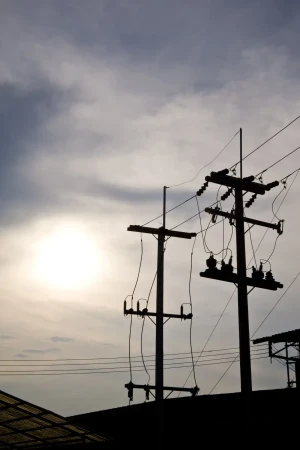
FERC Rejects PJM Transmission Planning Change
The Federal Energy Regulatory Commission (FERC) has rejected a proposal from PJM Interconnection, one of the United States' largest regional transmission organizations, to alter its transmission planning protocol. The decision represents a significant victory for state regulators who had expressed...

A Primer on the Codes and Standards Governing Battery Safety and Compliance
Batteries have greatly influenced the utility industry, and the evolution of battery chemistries has revolutionized their applications. With the emergence of new technologies and advancements in existing ones, standards committees and safety code writers are working to develop best practices and...

Building a Competency Program
At Valard, our people are the core and health of our business. Without our people, we have nothing. In fact, one of our slogans is “People. First.” However, being a people company means some of our biggest challenges are created by people. Our challenges are unique, as is each person...
